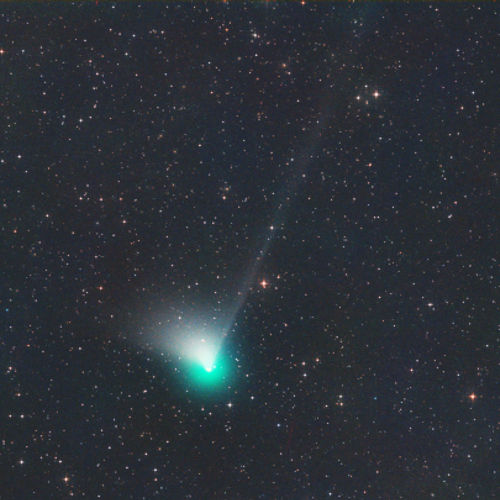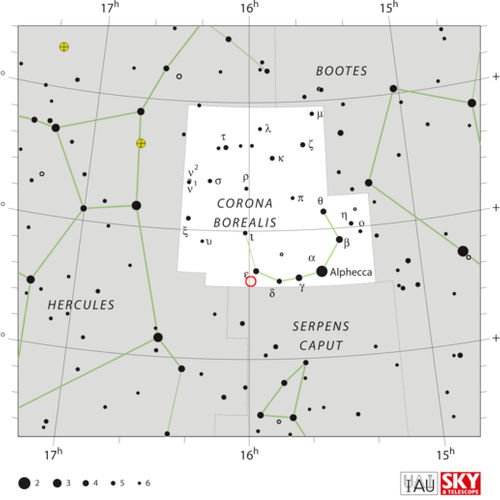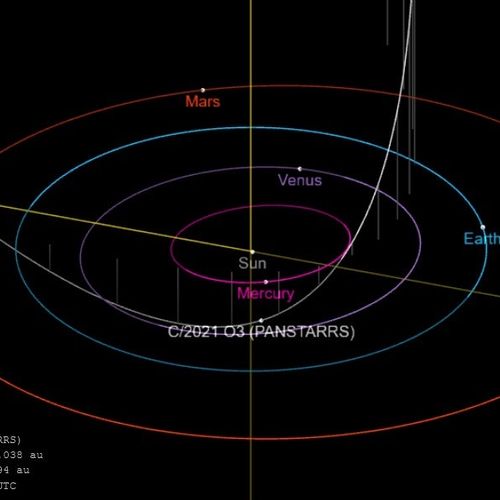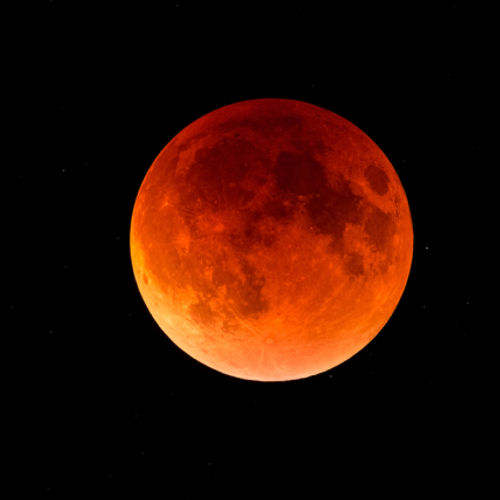
| Added | Wed, 28/12/2022 |
| Источники | |
| Дата публикации | Wed, 28/12/2022
|
| Версии |
Discovered last spring, comet C/2022 E3 ZTF is approaching the Earth and will approach the minimum close distance of 0.28 AU in early February. When it reaches maximum brightness, it will be visible to the naked eye. In the meantime, it can be observed in an amateur telescope.
An Austrian astrophotographer captured a space visitor from the village of Martinsberg using his 300-millimeter telescope.
The comet tail, as a rule, consists of dust and ion plumes. When the object is too far away, it is not easy to distinguish the double structure, but it is clearly visible in the resulting image.
A more diffuse plume is formed by emissions of dust particles, and a narrow light beam represents gas emissions. Due to the fact that the solid particles of the comet nucleus are heavier than gas, they are less affected by the solar wind and follow the comet in orbit, repeating its path. And the gas molecules ionized by the sun are carried away, blown away by the flow of the solar wind.
Новости со схожими версиями
Log in or register to post comments









